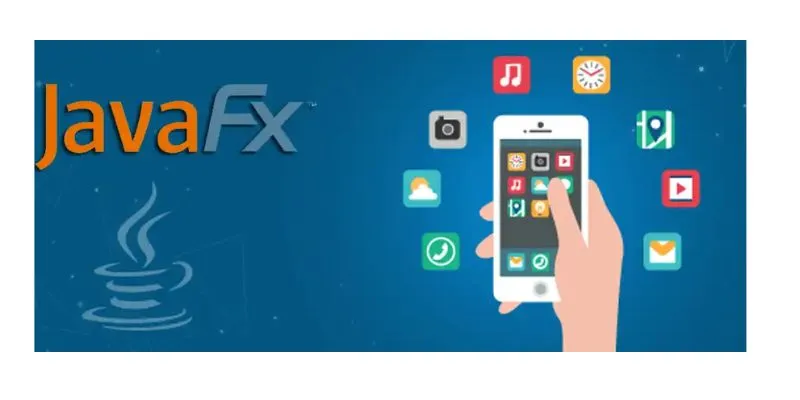
JavaFX is a powerful tool for building modern, visually appealing user interfaces (UIs) in Java. Over the years, it has evolved significantly. Now a favourite among developers who want to create rich desktop applications. Whether you are a beginner or an experienced developer, JavaFX offers a range of features that make UI development both fun and efficient. If you want to enhance your Java skills, consider taking a Java training in Bangalore to get hands-on experience with JavaFX.
Key Features of JavaFX
JavaFX is packed with features that simplify the development of sophisticated user interfaces:
- Rich Set of UI Controls: JavaFX provides a wide variety of UI controls like buttons, labels, text fields, and tables. These pre-built components make it easy to create complex interfaces.
- CSS Styling: Just like in web development, you can use CSS to style your JavaFX applications. This separation of design and logic helps keep your code clean and makes it easier to update the look and feel of your application.
- FXML: FXML is an XML-based language that allows you to define your UI structure separately from your application logic. This separation makes it easier to design and prototype user interfaces without writing Java code.
- Scene Builder: JavaFX Scene Builder is a visual layout tool where you can drag and drop UI components to create your application’s GUI. It generates FXML code that can be seamlessly integrated with your Java code.
- Multimedia Support: JavaFX supports audio and video playback, which is perfect for creating media-rich applications.
- 3D Graphics: JavaFX includes 3D graphics capabilities, allowing you to build applications with three-dimensional shapes, animations, and effects.
- WebView Component: The WebView component lets you embed web content within your JavaFX application, enabling the creation of hybrid applications that combine web and desktop functionalities.
Advantages of Using JavaFX
- Cross-Platform: JavaFX applications can run on various platforms, including Windows, macOS, and Linux. This ensures a wider reach for your application.
- Integration with Java: Being part of the Java ecosystem, JavaFX integrates seamlessly with existing Java libraries and tools, leveraging the strengths of the Java platform.
- Modern UI Capabilities: JavaFX offers advanced UI features such as animations, transitions, and effects, which help in creating dynamic and engaging user interfaces.
- Robust Community and Support: JavaFX has a strong community and extensive documentation, providing support and resources for developers at all levels.
Building a Simple JavaFX Application
To give you a taste of what JavaFX can do, let’s walk through the process of building a simple application. This hands-on approach will give you a sense of how easy and enjoyable it is to work with JavaFX.
First, you need to set up a development environment. Make sure you have the Java Development Kit (JDK) installed. You can download it from the Oracle website. Next, set up your preferred Integrated Development Environment (IDE) such as IntelliJ IDEA, Eclipse, or NetBeans, and add the JavaFX library to your project.
In your new Java project, start by creating a basic user interface. Imagine a window with a button labeled “Click Me.” When clicked, the button will display a message saying “Hello, JavaFX!” This simple application demonstrates how quickly you can create functional interfaces with JavaFX.
Next, let’s talk about styling. JavaFX allows you to use CSS to style your applications. Create a CSS file and define styles for your button. Apply this CSS file to your application to see how easily you can change the appearance of your UI components.
To get the most out of JavaFX, consider enrolling in a Java Training in Marathahalli. This will give you the opportunity to learn from experts and get hands-on experience with real-world projects.
For more complex applications, JavaFX offers FXML, which allows you to design your UI structure separately from your Java code. Using an FXML file, you can define your UI layout and use a controller class to handle the application logic. This separation of concerns makes your code more modular and easier to maintain.
JavaFX is a versatile and powerful framework for modern UI development. Its rich set of features, ease of use, and seamless integration with Java make it an excellent choice. Whether you’re creating a simple app or a complex, multimedia-rich application, JavaFX provides the tools and capabilities to bring your vision to life. For those looking to dive deeper into JavaFX and enhance their Java skills, taking a Training Institute in Bangalore can be a great step forward. Give JavaFX a try and explore the endless possibilities it offers for your next project.
Also Check: Java Interview Questions and Answers
